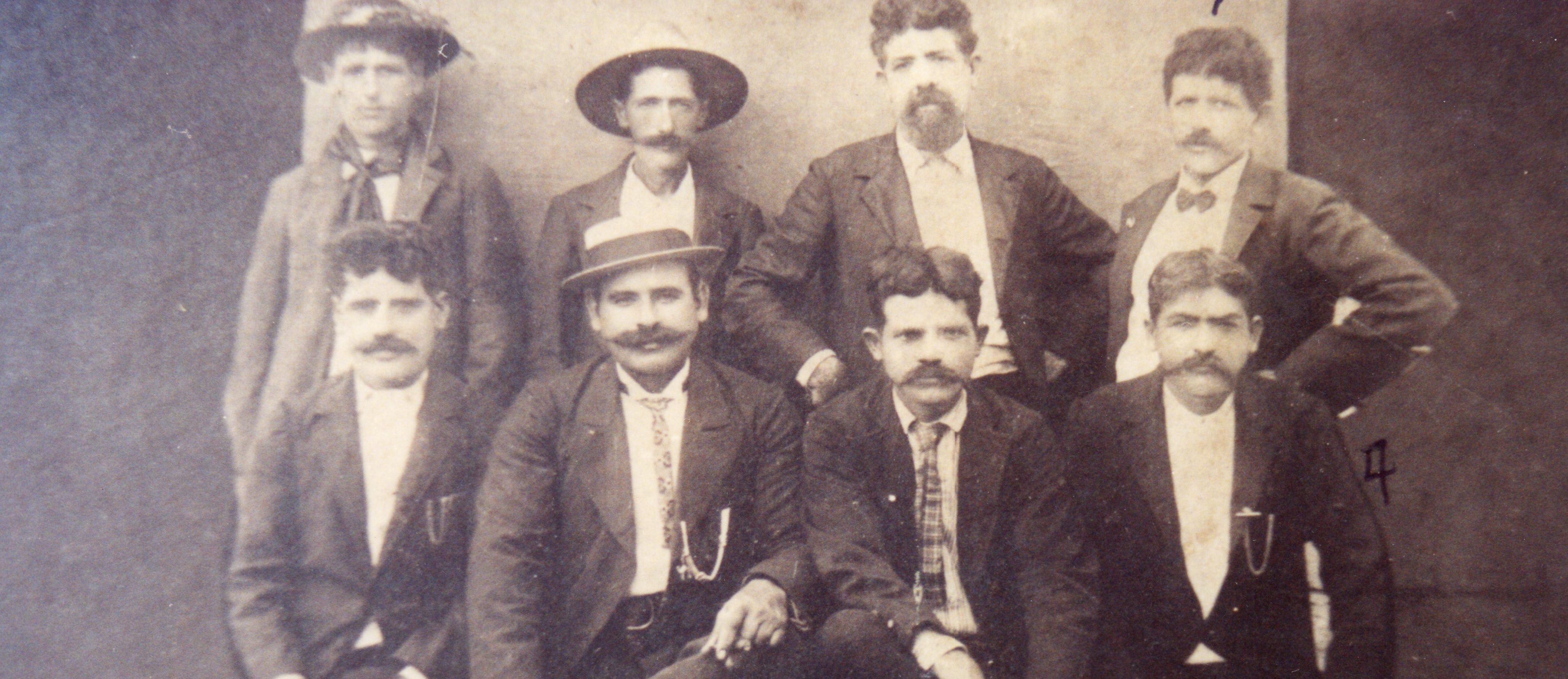Customs Passengers Lists
The Bureau of Customs had states keep records. Generally, these are considered to begin in Jan. 1800 in the port of Philadelphia. It was done haphazardly at other ports. In Dec. of 1818, Representative Thomas Newton of VA was concerned about those dying aboard vessels coming in America. Sanitation and ventilation among other things were quite poor. Because of this concern, the government had to keep statistics. These statistics, however, were unreliable. No distinction was made between an immigrant and a passenger. Nevertheless, in 1820 through the turn of the century (depending on the port), records were kept of those people on those vessels. These are referred to as the Customs Passengers Lists (note: some ports had weight limits for baggage.
“Baggage Lists” were kept if baggage was over the limit). These Customs lists document 20,000,000 people. These lists were to contain the name, age, sex, occupation, country to which belonged, and where the person intended to become an inhabitant. Also, a special column for deaths enroute, date and circumstance of death was included. This information on the passengers was in addition to the information on the ship: name of vessel, port of embarkation, arrival and date, and the master of the ship. These lists were given to the collector of the customs district where the ship arrived. Abstracts of these lists were give to the State Dept (until 1874, then statistical reports were given to the Secretary of the Treasury). All of these lists were obtained by the National Archives in Washington, DC, although, not all are indexed yet. In 1890, the Secretary of Treasury ended its contract and the federal government took over — the Bureau of Immigration.
Not all the Customs Lists are in existence. Unfortunately, due to fires, floods, negligence, etc., anywhere from 10 – 40% of these records are missing. However, these lists are still being discovered. Baltimore lists of 1839 were discovered in the early 1980’s. And, also because these records had to be filed with different agencies, it has been possible to “reconstruct” some lists. So, what we find is mainly a combination of lists and abstracts.
Five Major Ports
The five major ports of that time period were Boston, New York, Philadelphia, Baltimore, and New Orleans. Many things remain, however. The State Department Transcripts has lists of passengers arriving at Atlantic and Gulf ports from 1819-1832. This incomplete, 9 volume (number 2 is missing) set has been published under various titles.
These listed the passengers by port or customs district, then quarter year of arrival, the by name, age, sex, occupation, country to which belonged, country to which he would be come an inhabitant. Of course, the usual information of the name of the ship and master was included. Not all of this is on film.
Searching Customs Lists
To search Customs Lists, you need to know the full, original, Americanized and nicknames / alcunhas of your immigrant. The person overseas filling out the manifests may not spell the name correctly. Or, if it was not a native Portuguese person filling out the manifests, they may have Americanized it. Check for women under both maiden and married names (if they had one). Also, check under the names of others that your immigrant traveled with. Also, you will need the age at arrival and the approximate date of arrival (the closer the better). You can obtain this information from family tradition, passports, obituaries, naturalization records, homestead act of 1862, etc.
You can access these Customs Lists via index. Some indices were created by the Works Projects Administration (WPA) in the 1930’s. Not all ports are indexed, however. Some indices overlap. Most indices are alphabetical or soundexed. For the de, da, d’ prefixes, refer to the National Archives publication “Immigrant and Passenger Arrivals,” page 163. Also, some indices are in book form.
If you are unable to find your ancestor, check for others that came with him or her. Also, check New York. Many who arrived went to NY where they were counted and then went to another port. Check under both ports.
—–
Sources:
1. Tepper, Michael. American Passenger Arrival Records: A Guide to the Records of Immigrants Arriving at American Ports by Sail and Steam. (Baltimore: Genealogical Publishing Co., 1988, 1993).
2. Colletta, John P. They Came in Ships. (Salt Lake City, UT: Ancestry Publishing, 1989, 1993).
© 2003-2021 Cheri Mello
About the Author:
Cheri Mello has extensive experience researching and teaching Portuguese genealogy. She currently moderates the Azores Genealogy Google Group.






